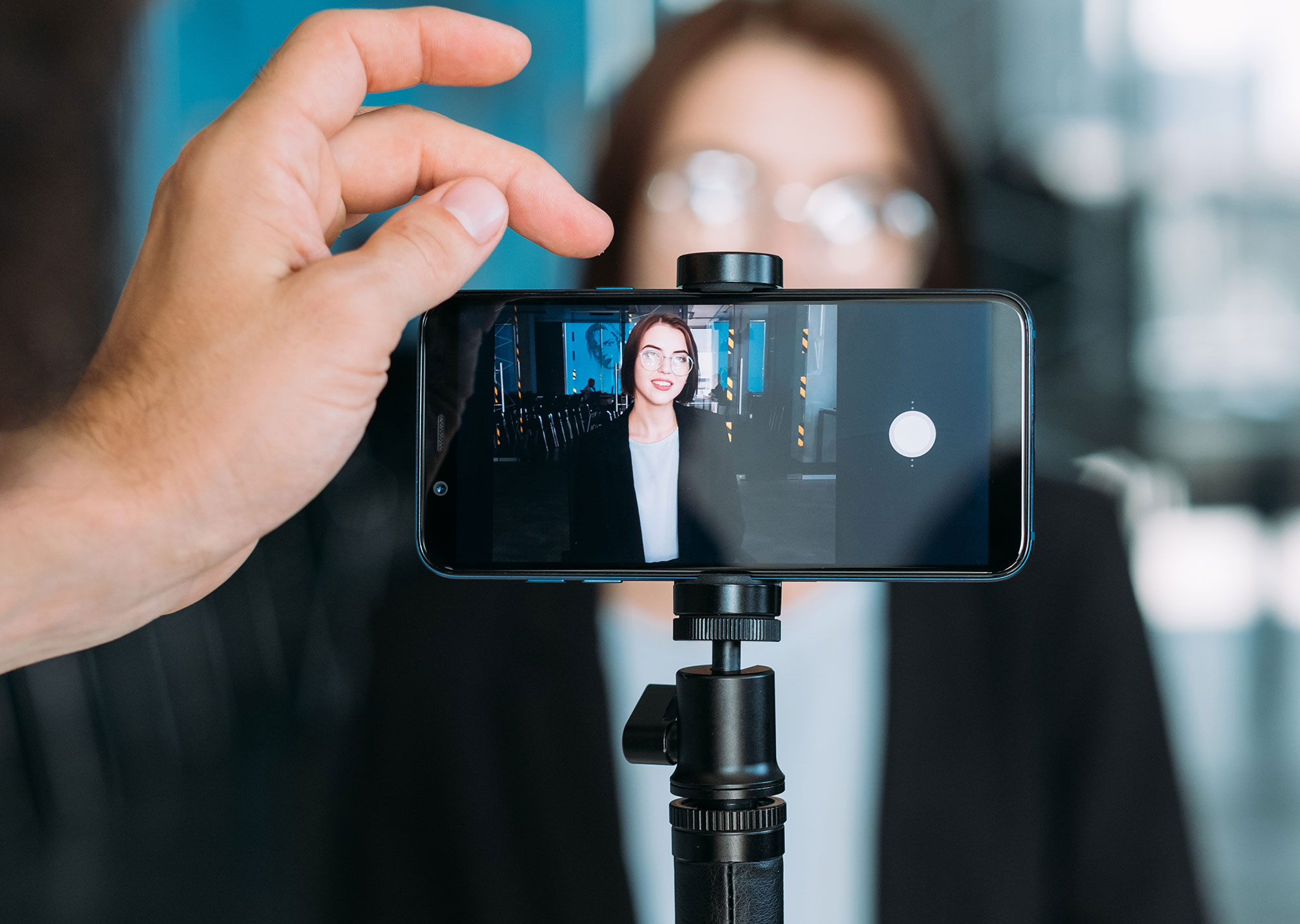One thing you’ll rarely see me do is lead out of a place of fear. That’s just not what I’m about. However, I keep seeing some of these same mistakes over and over.
Running your own business is hard (believe me, I know!). Especially when you’re doing it yourself or just with some part-time help, there’s a lot that goes into it. Worrying about your website and what you should have on it doesn’t have to be one of those burdens, though.
So what are some common mistakes I’ve seen solopreneurs and coaches make with their websites? Well, let’s get started:
1. Not having a website at all
OK, I’m telling you what mistakes you’re making on your website, so this is a given, but you need to have a website. Your social media is a place to get started and build an audience, but without a website you’re relying on third party platforms to build your business. Not great.
You don’t necessarily need a full website to start; you can do a lot with a single page website that includes blogging. That single page website can have panels for the pages I’m going to talk about below, but it gives your customers a place to come learn about you, contact you, and find out more about your expertise.
Either way, buy a domain from a domain service provider like GoDaddy or NameCheap and have a website. That’s all yours and just about the only piece of your marketing that you have 100% control over.
2. Not having the right pages or sections
Your website should be tailored for your business, but there are definitely pages that any solopreneur or coach should have in their website. Having these pages or sections (if you have a single-page website) will ensure that you’re showcasing how you help people and how you’re uniquely able to help them.
About Page
This page helps people get to know you and your business. While your homepage should introduce your business and lead people to your main services and unique features, you want to give them a chance to feel like they know and can connect with you. Especially as someone who is the face of their company, the About page can be fun and unique to you as a person.
Services Page
This one seems obvious, but you want to let people know how you can help them! Lay that all out in clear language on your services page and include your main points of service. With your services, you want to ensure that you’re showing your browsers how you solve a pain point of theirs and why you have the solution to their problems.
Pro tip: Use your customers’ language, not your technical jargon, to describe your services. After all, they’ll be searching the way they speak, not how you speak.
Contact Page
I’ve talked about contact forms and what should be on your contact page, but you want to provide a simple, straightforward way for people to get in touch with you. This page should not only include a simple contact form that gets emailed directly to you, but should also have your phone number, address (if you have an office), and your business hours.
3. Not appealing to your niche
If you’ve spent any time on small business social media, you’ve probably heard a lot about finding your niche. Why is this important? Because it helps you speak to your customer better. As the old saying goes, if you’re talking to everyone you’re actually talking to no one.
Your niche doesn’t have to be super specific, but think through who you like working with. Myself? I like working directly with the business owner, partially because I also write their website copy. It’s so much fun for me to talk to them directly about why they are passionate about their business.
You can always change up your niche, but make sure when you’re writing your website copy especially that you’re talking to them the way they speak and hitting their pain points. Believe me, all of that is so much easier when you have a specific niche!
4. Not having calls to action
How do you want people to connect with you to work with you? Do you want them to call? Email? Connect on social media? Buy a product directly?
Guess what, you have to tell them!
Your website needs those calls to action so that when they scroll to the bottom of your Services page they have a “now what?” answer. It’s amazing how often that’s forgotten, but put a HUGE noticeable call to action on the bottom of each page. Tell your customer exactly what you want them to do now that they’ve read and scrolled through your website.
5. Not being accessible to everyone
I don’t mean that you can never take a break or that you have to work with everyone. No, I’m talking about digital accessibility.
Basically, it’s ensuring that your website or even your documents (like PDFs!) are easily navigated and understood by a wide range of users, including those who have different abilities visually or audibly.
Not having an accessible website puts your business at risk because you can be liable and sued under ADA violations. But the real reason you should care? Not caring and not ensuring your content is accessible means that you’re excluding a huge part of your potential target market.
Making your website and content more accessible can be as easy as:
- Using ALT text (a description of what’s in the image) on your website’s and social media images. Instagram lets you add ALT text now, wahoo!
- Ensuring your website’s background and font color combinations are a high enough contrast. WebAIM has a free online tool you can use.
- Providing captions on your videos (use @rev automatic transcriptions for a cost-effective option).
- Avoiding the “fancy fonts” on Instagram and Facebook – they’re actually read as emojis and may not even look like that on every device, let alone screen readers can’t “read” them.
Where Do You Start?
Personally, if you’re realizing that you’re making one or any of these mistakes, I’d start by taking an evaluation of who you want to be talking to. Narrowing down your niche first can help you improve your website and help you add the right pages and knowing what calls to action to add as well.
Then, go through and make sure you have ALT text on your images throughout your website and check off a few more of those accessibility items to ensure you’re reaching everyone in your audience.
Have more questions? Drop them below and I’m happy to help!



